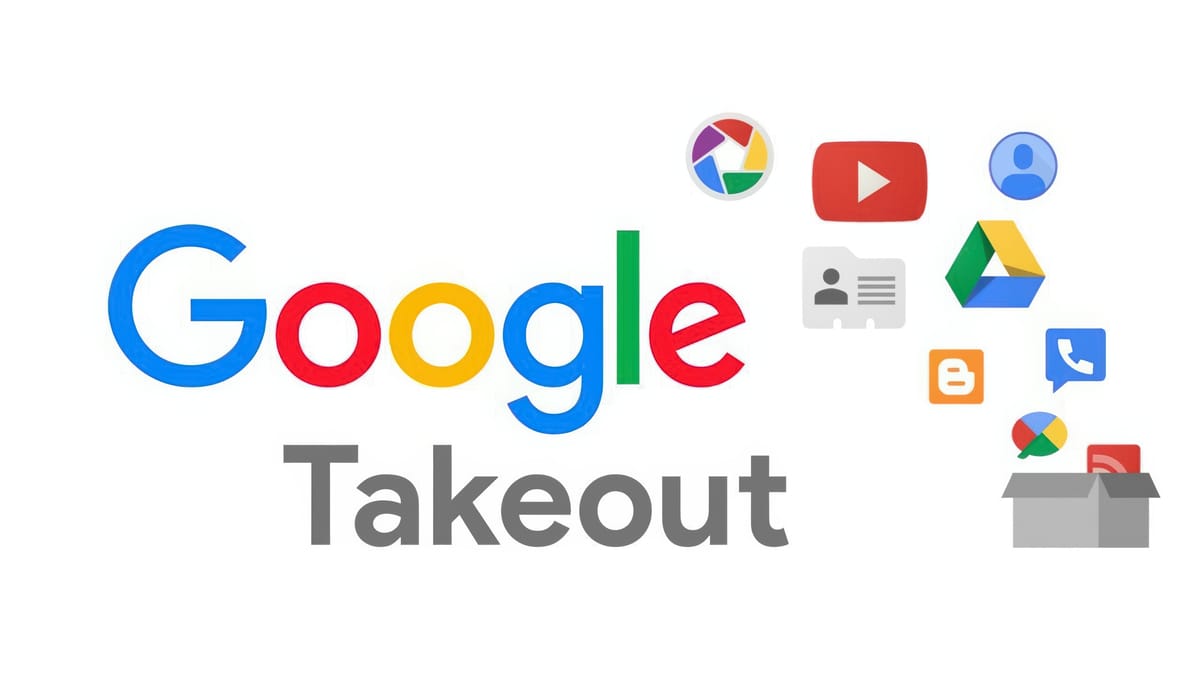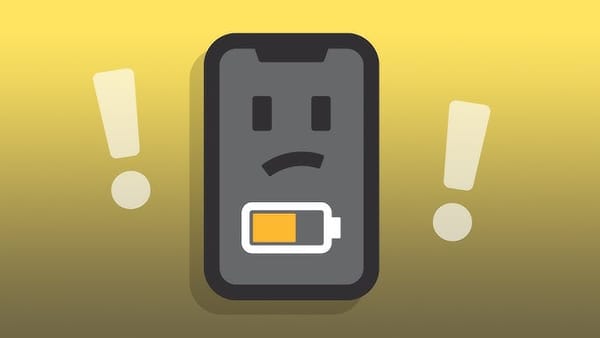Google’s Best Tool Is Anti-Google: How Google Takeout Became My Escape Hatch
This article shows how Google Takeout lets you reclaim your data and break free from Google’s grip.

When I wrote “Everywhere You Go, Google Follows,” I was still standing on the edge fully aware of Google’s reach, but with no real way out. The piece was meant as a wake-up call, not a roadmap. What I didn’t realize then was that the most effective tool for breaking Google’s grip was hiding in plain sight, built by Google itself: Google Takeout.
Why De-Googling Matters
Google’s omnipresence isn’t just about search or email. It’s the backbone of your photos, location history, documents, calendar, and even the apps that quietly sync in the background.
Every click, route, and memory is archived and cross-linked convenient, until it isn’t. When one company holds your digital life, you’re always one policy change, account lock, or algorithmic hiccup away from losing access to everything.
De-googling isn’t about paranoia or going off-grid. It’s about regaining agency. It means refusing to let a single company dictate the terms of your digital existence. Not only that, but it’s the difference between renting your online life and actually owning it.
The Hidden Power of Google Takeout
Most people never touch Google Takeout. That’s by design it’s not front and center, and Google has little incentive to broadcast how easy it is to leave. But it’s the ultimate backdoor: a tool that lets you export your entire digital footprint photos, emails, contacts, maps history, docs, and so much more in portable, open formats.
With Takeout, you can:
- Download your full photo and video archive, organized and ready for import into open-source alternatives like Immich.
- Export years of location data from Google Maps Timeline, which can then be visualized and owned through tools like Dawarich.
- Retrieve your Gmail, Drive files, calendar events, and even YouTube history.
- Move your data to platforms you control, instead of being locked into Google’s ecosystem.
The Benefits of Taking Back Your Data
1. True Ownership
When you export your data, it’s yours, no strings attached. You’re not just switching services; you’re reclaiming your digital history.
2. Privacy and Security
Self-hosting your photos, documents, and history means you decide who sees what. No more silent data mining, no more algorithmic profiling.
3. Future-Proofing
Google has a habit of killing products and changing terms with little warning. By keeping your own archive, you’re insulated from corporate decisions.
4. Flexibility
Once your data is in your hands, you can migrate to any service, open-source or otherwise, without friction or loss.
5. Peace of Mind
Knowing you can walk away at any time—without losing your memories or your work—changes your relationship with technology. It’s empowering.
How to Start
The process is straightforward:
- Visit Google Takeout.
- Select the data you want to export (photos, location, mail, etc.).
- Choose your export format and delivery method.
- Download and store your data securely.
- Import it into the open-source tools that put you back in control.
The Big Picture
De-googling isn’t a one-time event. It’s an ongoing process of awareness, action, and adaptation. But it starts with a single step, using Google’s own tool to break free. For anyone who’s felt uneasy about how much of their life runs through Mountain View, Google Takeout is the escape hatch you didn’t know you had.
Google’s best tool is the one that helps you leave. Use it.



